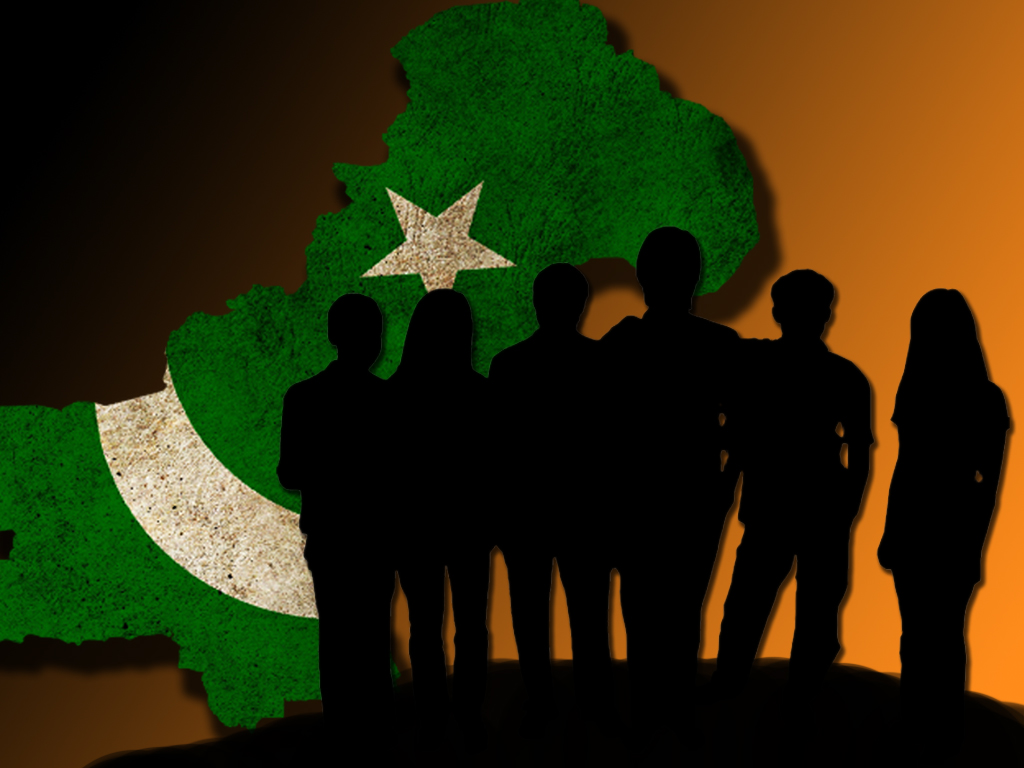
“The youth is the future of any country”; a common catch-phrase that government officials never forget to highlight in their public pronouncements. Development agencies including the United Nations, IGOs and local organisations make the inclusion of the youth in policy making and implementation a key priority. Similarly, the mass media emphasises on the role of the youth in defining and shaping the future of the country. The manifestos of political parties carry special references on the leadership potential of the youth. In a nutshell, all actors portray the youth as an asset with untapped potential.
However, a closer examination of the actual opportunities available for the youth reveals that much of what is promised is just hyperbole. In reality, these actors do not care about the youth and hence, do not devise policies accordingly. They only consider the youth a means to achieve their own vested objectives.
For example, political parties are acutely aware of the fact that the youth will play a decisive role in the outcome of future elections. This is evident from the fact that 48 million people fall between the age bracket of 18-30 years while an additional 36 million fall between the age bracket of 30-40 years.
Moreover, the youth is a vibrant force that can electrify political gatherings, and build and disseminate a political narrative with precision within the masses. Therefore, political parties devise plans to attract the youth towards themselves. This is done by framing catchy slogans that capture sentiments in the name of employment opportunities, patriotism and national pride.
Development agencies and think-tanks consider the youth an excellent ruse to attract donor funding. Once funding is secured, however, they employ consultants who can use catchy slogans to run advocacy campaigns. For example, these days it is fashionable to talk about technology, IoT and e-commerce. There is nothing wrong with advocating technological advancement or encouraging the youth to pursue opportunities presented by the Fourth Industrial Revolution. However, ignorance of local dynamics will lead to a complete wastage of time, resources and inevitably create anxiety amongst the youth.
Let’s start from the plight of the education system. It is a pity to note that Pakistan has a total literacy rate of 62.3%. This means that 86.3 million people in the country are uneducated. Moreover, 22.8 million children are not enrolled in the education system. Likewise, millions of children are attending madrassas. Although the Constitution, under Article 37-B and Article 25-A, unambiguously commits that the State will provide education to each and every child, this has unfortunately not been the case.
Article 37-B of the Constitution of Pakistan states that: “The State shall be responsible for the eradication of illiteracy and provision of free and compulsory education up to secondary level, within minimum possible time.”
Likewise, Article 25-A pertaining to the right to education, states that: “The State shall provide free and compulsory education to all children of the age of five to sixteen years in such manner as may be determined by law.”
Unfortunately, the public sector is shedding off its responsibility by privatising education instead. This stands as a blatant violation of the Constitution of Pakistan. Owing to privatisation friendly policies, private education institutes are flourishing by leaps and bounds.
According to the Pakistan Education Statistics Report, 44% of children (22.7 million) are enrolled with private institutions. It is astonishing to note that 38% of private institutions are accommodating 44% of children. Although private institutions are expensive compared to public ones, parents still prefer enrolling their children in private schools and colleges. This is reflective of the fact that people do not trust government institutions. And this should be a matter of grave concern for the state.
The quality of education remains another question mark and cause for national concern; for example, formal educational institutes don’t put in any efforts to impart market-oriented skills to their students. Consequently, they are producing graduates with little or no life skills.
Crucially, there is a lack of professional and skill development institutions. According to the Education Statistics report, the private sector constitutes 56% of the total number of skill development and vocational institutes in the country. Moreover, the government is unable to mobilise the business community to fulfil its obligations in accordance with the true spirit of the Apprenticeship Ordinance of Pakistan.
These factors raise the cost to acquire skills for the common man and are contributing to lower formation of human capital. Accordingly, Pakistan is ranked 144th among 173 countries on the human capital index.
Owing to these factors, a vast majority of educated youth cannot find opportunities that can provide them decent livelihoods. This frustration, at the lack of economic opportunities, opens the doors of exploitation in the form of different slogans, including those targeting ethnicity, sub-nationalism, group identity and religion.
In conclusion, Pakistan needs to understand that if the requisite action is not taken, then the youth, which is being dubbed as an asset, will become a massive liability in the future.
The emergence of fifth generation warfare (FGW) has further aggravated the situation. The youth is a key driver and victim of FGW. Uneducated and skill-deprived youth will emerge as a serious threat to national security. And to reverse this process, Pakistan needs to work on war-footing.
The writer is a political economist and a visiting research fellow at Hebei University, China
Published in The Express Tribune, November 21st, 2022.
Like Business on Facebook, follow @TribuneBiz on Twitter to stay informed and join in the conversation.




1716998435-0/Ryan-Reynolds-Hugh-Jackman-(3)1716998435-0-165x106.webp)














1730706072-0/Copy-of-Untitled-(2)1730706072-0-270x192.webp)
COMMENTS
Comments are moderated and generally will be posted if they are on-topic and not abusive.
For more information, please see our Comments FAQ